In the modern world, where smartphone use is an integral part of our daily routines, ensuring that your device remains charged is essential. Whether you're traveling, working remotely, or simply out and about, a reliable power bank is crucial to keep your devices operational. With the increasing number of power bank options available, two prominent types have emerged: wired and magnetic power banks. Both offer unique advantages and potential drawbacks. In this guide, we will conduct a detailed comparison between wired and magnetic power banks, helping you make an informed decision based on your needs and preferences.
Understanding Power Banks: The Essential Tool for On-the-Go Charging
Power banks are portable charging devices that store energy and allow users to recharge their devices without the need for an electrical outlet. These compact, mobile chargers have become indispensable for a variety of scenarios—whether you are traveling, attending conferences, or simply engaging in everyday tasks. The two most common types of power banks are wired and magnetic, each catering to different user requirements.
Power banks are essential for:
- Heavy smartphone users: Those who rely heavily on their smartphones throughout the day need an efficient way to recharge.
- Multiple-device owners: Individuals who possess multiple devices such as smartphones, tablets, or laptops require a power bank capable of charging more than one device simultaneously.
- Frequent travelers: Travelers benefit from compact, portable power banks that allow them to keep their devices powered without the inconvenience of finding an electrical outlet.
Wired Power Banks: Fast Charging with Wired Connections

What is a Wired Power Bank?
A wired power bank operates similarly to a traditional power bank, with the primary distinction being that it requires a physical cable to connect to your device. Wired power banks typically utilize USB connections, including USB-A, USB-C, and Micro-USB, to charge various devices. These power banks are widely available and offer a straightforward charging experience, often with multiple ports to accommodate several devices at once.
Key Features of Wired Power Banks
- Multiple Charging Ports: Most wired power banks offer multiple output ports, enabling users to charge several devices simultaneously.
- Faster Charging Speed: Wired power banks tend to charge devices more quickly, as the direct connection between the power bank and the device enables faster power transfer.
- Higher Capacity: Wired power banks often offer larger battery capacities, ranging from 10,000mAh to 20,000mAh or higher, making them suitable for heavy usage and extended charging needs.
Advantages of Wired Power Banks
- Faster Charging: Wired power banks generally deliver higher charging speeds compared to their wireless counterparts. This makes them ideal for users who require a quick boost of power.
- Efficient Power Distribution: Wired power banks tend to be more efficient in their energy transfer, minimizing power loss.
- Affordable: Wired power banks are often more budget-friendly than magnetic alternatives, making them accessible to a wider range of consumers.
- Compatibility: They work with a broad array of devices, including smartphones, tablets, laptops, and even certain wearable devices.
Disadvantages of Wired Power Banks
- Cables and Bulk: The need for cables can make wired power banks less convenient for users who prefer a clutter-free experience. Carrying multiple cables to charge different devices can add to the bulk.
- Wear and Tear: Repeated plugging and unplugging of cables can cause wear and tear on both the power bank and the devices being charged.
- Limited Mobility: Because the device must remain connected by a cable, users cannot easily use their phone while it is charging.
Magnetic Power Banks: Wireless Convenience with Magnetic Attachments

What is a Magnetic Power Bank?
Magnetic power banks introduce a wireless charging experience by leveraging magnetic technology. These power banks are designed with built-in magnets that attach directly to the back of a compatible smartphone, enabling the device to charge without the need for any cables. Many magnetic power banks also offer dual charging capabilities, allowing users to charge multiple devices at once, either wirelessly or via USB connections.
Key Features of Magnetic Power Banks
- Magnetic Attachment: The most defining feature of magnetic power banks is their ability to attach directly to a smartphone using strong magnets, ensuring a secure connection during the charging process.
- Wireless Charging: While they still include charging cables for compatibility with other devices, magnetic power banks allow for wireless charging, which means no cables are needed for smartphones equipped with wireless charging technology.
- Portability: Magnetic power banks are generally more compact and convenient to carry around, as they eliminate the need for bulky cables.
Advantages of Magnetic Power Banks
- Wireless Charging: The main advantage of magnetic power banks is the convenience of wireless charging. Users can easily attach the power bank to their device and continue using it without being tethered to a cable.
- Less Wear on Devices: Because there is no need to plug and unplug a cable repeatedly, magnetic power banks help reduce the physical wear and tear on both the power bank and the smartphone.
- Multifunctional: Many magnetic power banks allow for simultaneous wireless and wired charging, making them versatile tools for charging multiple devices.
- Compact and Lightweight: Without the need for cables, magnetic power banks tend to be smaller and lighter, offering a more portable solution for on-the-go charging.
Disadvantages of Magnetic Power Banks
- Slower Charging Speeds: Magnetic power banks are generally slower in terms of charging speed compared to wired models. Wireless charging typically takes longer due to the nature of the technology.
- Higher Cost: Magnetic power banks, especially those with higher capacities and advanced features, tend to be more expensive than wired power banks.
- Heat Generation: Wireless charging can generate additional heat, which may lead to potential device overheating if not carefully managed.
- Compatibility Limitations: Magnetic power banks work best with smartphones that support wireless charging and may not be suitable for all devices.
Performance Comparison: Wired vs. Magnetic Power Banks
| Feature | Wired Power Banks | Magnetic Power Banks |
|---|---|---|
| Charging Speed | Faster, more efficient | Slower due to wireless charging |
| Portability | Less portable due to cables | More portable, no cables needed |
| Charging Ports | Multiple USB ports for various devices | Typically 1-2 wireless charging spots |
| Battery Capacity | High capacity, ranging from 10,000mAh to 20,000mAh | Moderate capacity, usually up to 10,000mAh |
| Compatibility | Broad device compatibility | Best with wireless charging-enabled devices |
| Cost | Generally more affordable | More expensive due to wireless technology |
Conclusion: Which Power Bank Is Right for You?
Choosing between a wired and magnetic power bank ultimately comes down to personal preferences, specific use cases, and budget considerations.
- Wired Power Banksare ideal for users who prioritize charging speed and efficiency. They are also more suitable for individuals with a tight budget or those who need to charge multiple devices at once.
- Magnetic Power Banksare perfect for users who value wireless convenience and portability. They are well-suited for those who prefer not to deal with tangled cables and want a more modern, clutter-free charging solution. However, the slower charging speed and higher cost should be considered.
For heavy users who require rapid, high-capacity charging, a wired power bank may be the optimal choice. However, if convenience and portability are your primary concerns, a magnetic power bank could offer a more seamless experience.
Ultimately, the best power bank for you depends on your lifestyle, charging needs, and budget.
Related reading:
Qi2 Wireless Charging Protocol: Key Benefits and Advantages
Is Wireless Charging Bad for Your Battery? A Comprehensive Guide

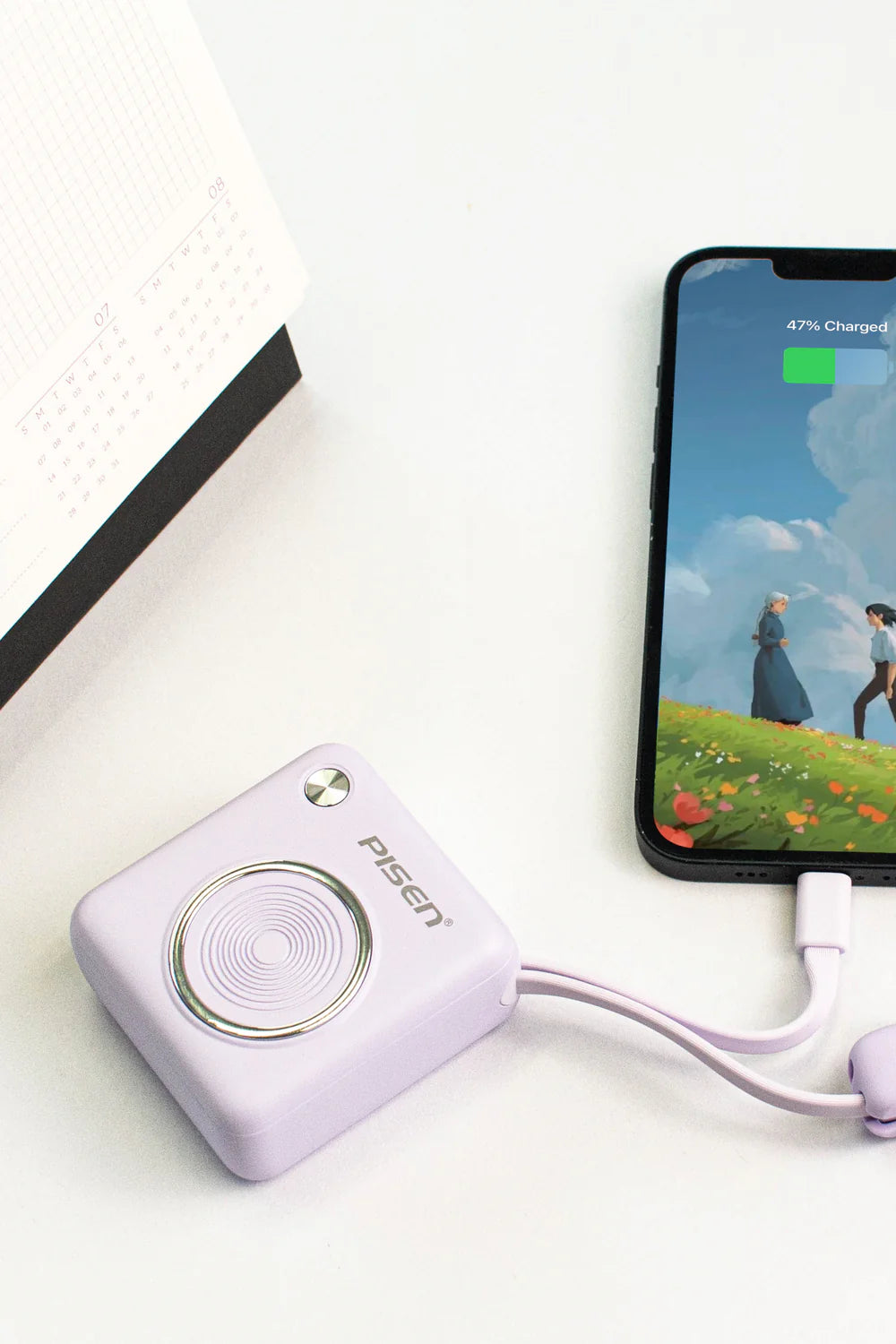
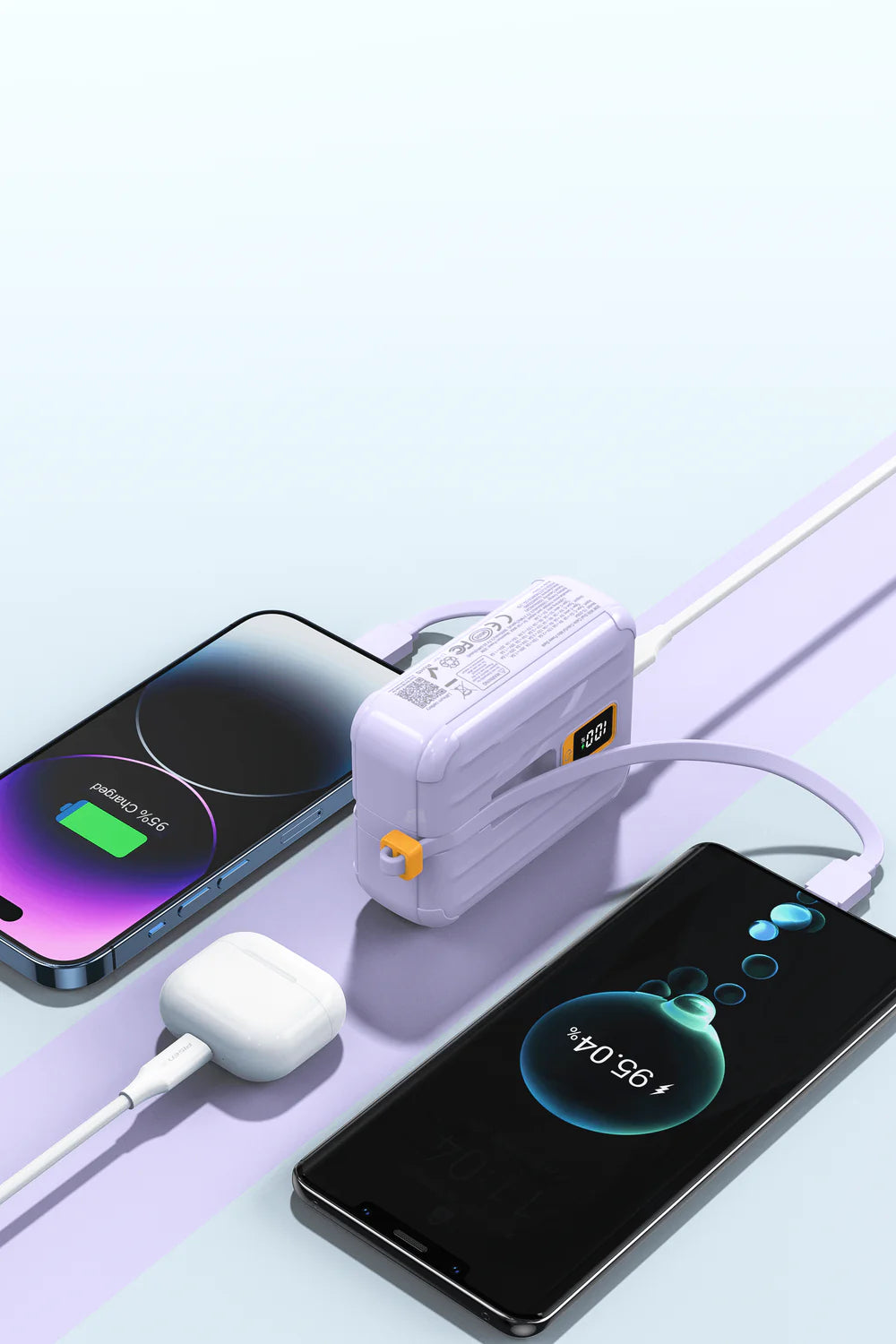
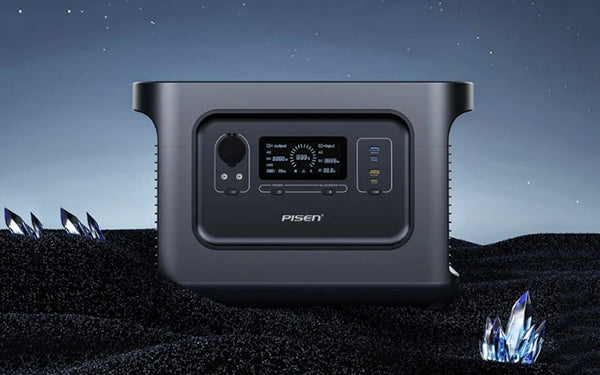
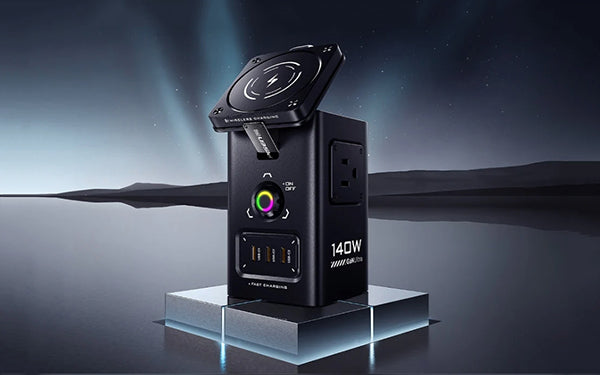
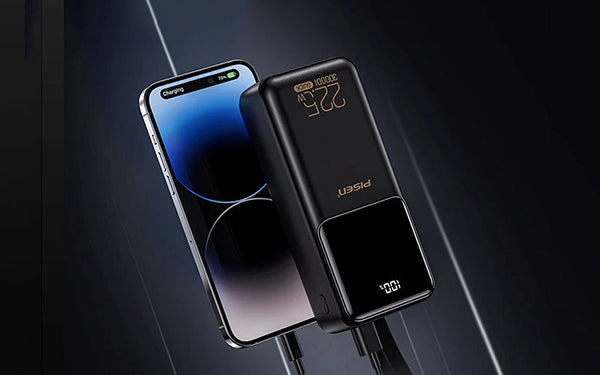
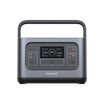
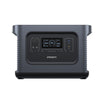
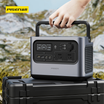
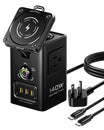
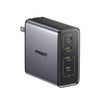
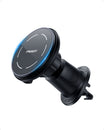
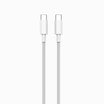
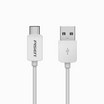
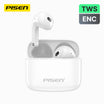
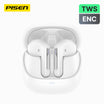
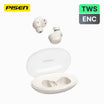
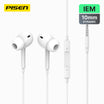

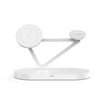
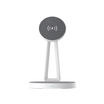
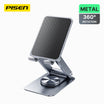
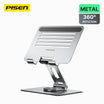
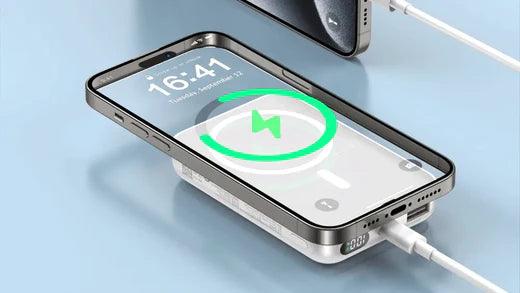
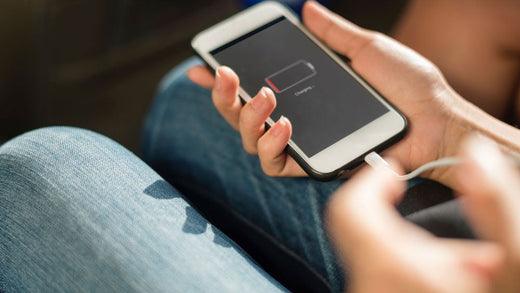
Leave a comment
This site is protected by hCaptcha and the hCaptcha Privacy Policy and Terms of Service apply.